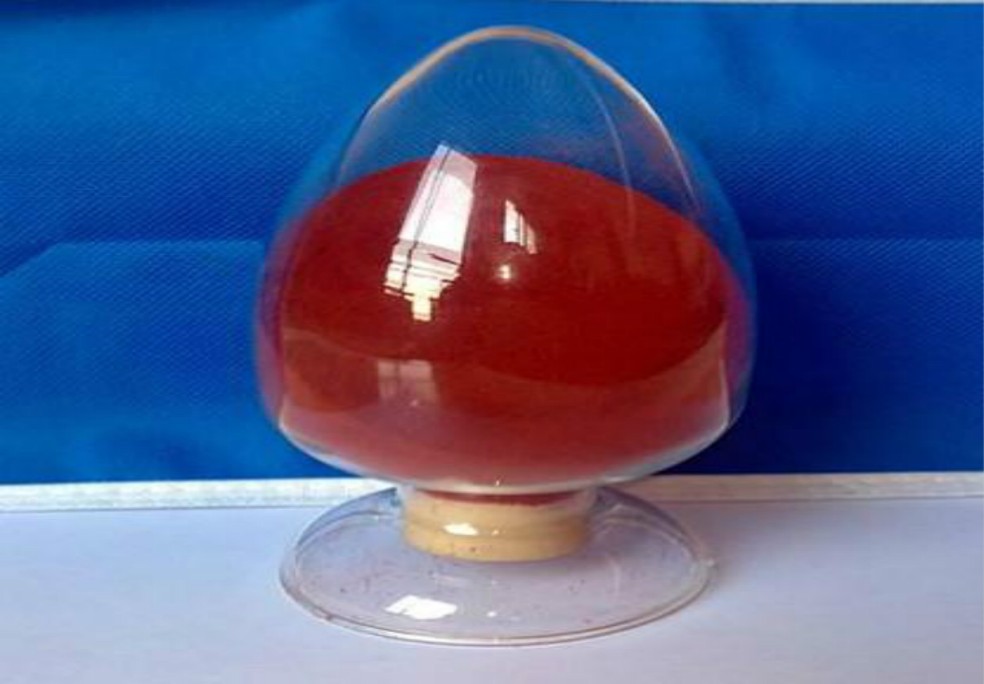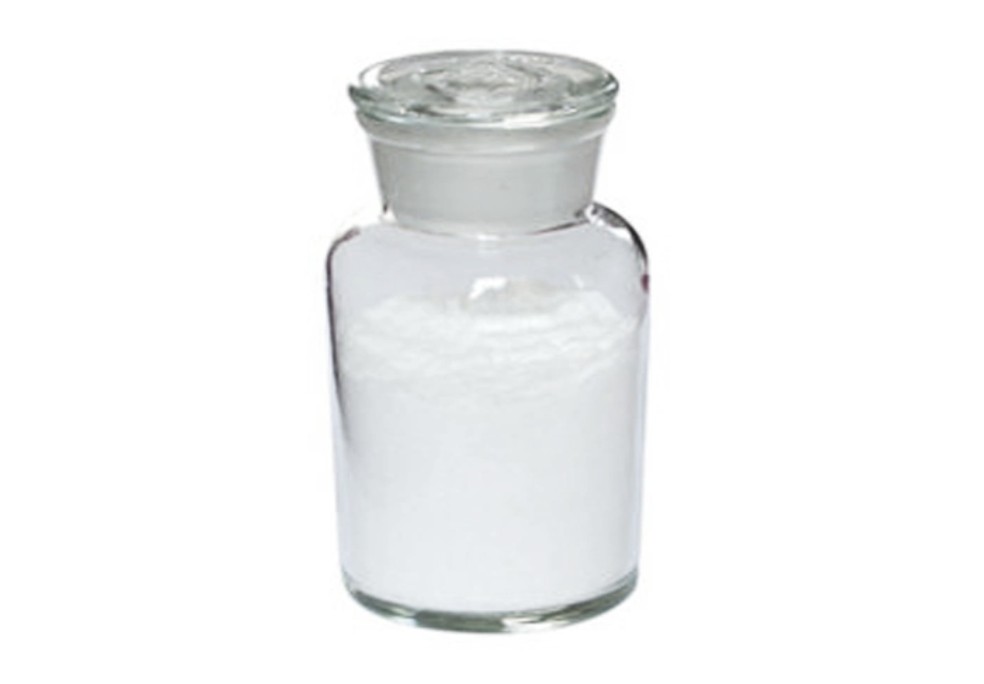Pyrroloquinoline quinone (henceforth PQQ) is a small quinone molecule which has the ability to be a REDOX agent, capable of reducing oxidants (an antioxidant effect) and then being recycled by glutathione back into an active form. It appears to be quite stable as it can undergo several thousand cycles before being used up, and it is novel since it associates with protein structures inside the cell (some antioxidants, mostly notably carotenoids like -carotene and Astaxanthin, are located at specific areas of a cell where they exert proportionally more antioxidant effects due to proximity; PQQ seems to do this near proteins like carotenoids do so at the cell membrane).
PQQ as a novel water-soluble vitamins, the oxidoreductase is a cofactor, it is very rare, exist in a number of microbial, plant and animal tissues, not only involved in the catalytic-vivo redox reaction, but also has some special biological activity and physiological functions (such as shortening the stench Acetobacter [the Acetobacter rancens] and Beer yeast [Saccharomyces cerevisiae] retardation period, to stimulate early germination of tobacco seeds, prevention and treatment of certain diseases such as biological function). Trace amounts of PQQ will be able to improve the living tissue metabolism and growth performance, extremely valuable
The scientific name of the PQQ pyrroloquinoline quinone (PQQ) pyrroloquinoline quinone is a new prosthetic group, is the second flavin nucleotides (FMN, FAD) and nicotinamide nucleotide (MAD NADP) in the membrane boundfound in the bacterial dehydrogenase third cofactor, the world's medical profession called fourteenth vitamins. The compound was first isolated from bacteria out, and then moving the plants have also been found, its chemical name is 4,5 - dihydro-4 ,5 - dioxide -1 - pyrrolo (2,3 f) The quinone -2,7,9-tricarboxylic acid, also known as methaxatin.
PQQ as a novel water-soluble vitamins, the oxidoreductase is a cofactor, it is very rare, exist in a number of microbial, plant and animal tissues, not only involved in the catalytic-vivo redox reaction, but also has some special biological activity and physiological functions (such as shortening the stench Acetobacter [the Acetobacter rancens] and Beer yeast [Saccharomyces cerevisiae] retardation period, to stimulate early germination of tobacco seeds, prevention and treatment of certain diseases such as biological function). Trace amounts of PQQ will be able to improve the living tissue metabolism and growth performance, extremely valuable























